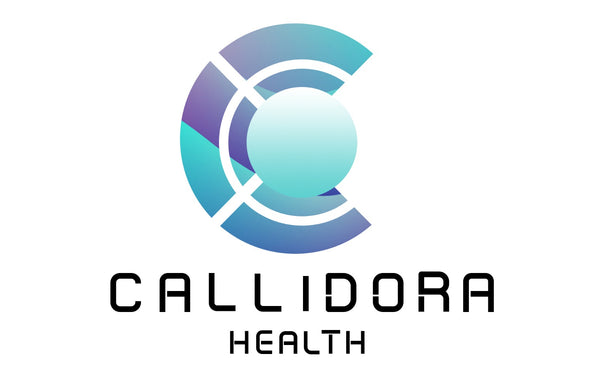When it comes to vein care, especially for individuals with chronic venous insufficiency (CVI), varicose veins, or other circulatory issues, proper treatment and support are crucial. One effective method for managing vein health and promoting better blood circulation is through the use of 4-layer bandages. These bandages are a vital part of compression therapy, which can significantly alleviate symptoms, improve circulation, and prevent complications. In this blog, we’ll explore the benefits and use of 4-layer bandages for vein care, providing you with valuable information to understand their role in treating venous conditions.
What Are 4-Layer Bandages?
4-layer bandages, as the name suggests, consist of four layers of materials that provide graduated compression to the affected areas. Typically used for treating conditions such as venous ulcers, deep vein thrombosis (DVT), and other venous diseases, these bandages are designed to improve venous return (the process by which blood is returned to the heart) and reduce swelling.
The four layers usually include:
- Padding layer: This soft layer is applied to cushion the skin and provide comfort.
- Compression layer: The second layer offers controlled compression to help reduce swelling and support blood flow.
- Elastic bandage: The third layer reinforces the compression and provides stability to the entire bandage.
- Outer layer: The final layer ensures the bandage stays in place and provides additional support to maintain the correct compression over time.
How 4-Layer Bandages Work
The key function of 4-layer bandages is their ability to apply graduated compression. This means that the bandage is tighter at the ankle and gradually becomes less tight as it moves up the leg. This graduated compression helps improve the flow of blood back to the heart, reduces pooling in the lower extremities, and relieves pressure from veins.
For individuals with CVI, varicose veins, or venous ulcers, this form of compression is essential to prevent the worsening of symptoms, such as pain, swelling, and skin breakdown. By supporting proper circulation, 4-layer bandages can enhance the healing process and minimize the risk of further complications.
Benefits of 4-Layer Bandages for Vein Care
-
Improved Circulation
One of the primary advantages of 4-layer bandages is their ability to promote better blood flow. As the layers apply pressure to the leg, blood is encouraged to flow upward, preventing it from pooling in the veins. This can significantly reduce the risk of developing blood clots and alleviate symptoms like leg fatigue and heaviness. -
Reduced Swelling
Chronic swelling is common in individuals with varicose veins or venous insufficiency. The compression provided by 4-layer bandages helps reduce edema (swelling) in the legs, making it more manageable and preventing discomfort. -
Pain Relief
The compression provided by 4-layer bandages can also reduce the pain and aching sensations associated with venous diseases. By promoting proper circulation and reducing swelling, the pressure on the veins is alleviated, leading to less discomfort. -
Enhanced Healing of Venous Ulcers
For those suffering from venous ulcers, 4-layer bandages are an important part of treatment. The bandages help maintain the right amount of compression to promote ulcer healing, prevent infection, and reduce the risk of recurrence. -
Non-invasive Treatment
Unlike surgical treatments, 4-layer bandages offer a non-invasive way to manage venous conditions. When applied correctly, they can be just as effective as more invasive procedures, with the added benefit of being a more affordable and accessible option.
When Are 4-Layer Bandages Used?
4-layer bandages are typically recommended by healthcare professionals as part of a comprehensive treatment plan for patients with venous insufficiency or venous ulcers. Some of the most common conditions that benefit from this form of compression therapy include:
- Varicose veins
- Chronic venous insufficiency (CVI)
- Venous leg ulcers
- Post-operative care after vein surgery
- Edema caused by venous diseases
- Deep vein thrombosis (DVT)
How to Apply 4-Layer Bandages
Proper application is essential to ensure that 4-layer bandages provide the full therapeutic benefits. The process should be carried out by a trained professional to guarantee the right amount of pressure and proper placement. A typical application involves:
- Cleaning the skin: Before applying the bandage, the area should be cleaned and dried.
- Padding layer: The first layer is placed gently over the skin, particularly in areas with ulcers or sensitive skin.
- Compression layers: The subsequent layers are applied carefully to ensure Even distribution of pressure.
- Final check: Once all layers are applied, the bandage should be checked for proper fit and to ensure it isn’t too tight, as excessive compression can cause harm.
